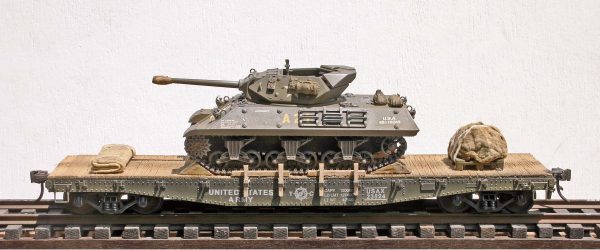
It was believed that such a technique was more effective against the German strategy of tank spearheads than the traditional anti-tank defense.

It was assumed that anti-tank units would be transferred to where they were needed and would create a powerful anti-tank defense, preventing tank breakthroughs by the concentration of anti-tank weapons. Such a doctrine was convenient because it did not require changes in the structure, tactics and equipment of existing ground forces. After a brief debate, General McNair’s point of view prevailed that the fight against enemy tanks should be taken over by specialized anti-tank units, suitably equipped. In connection with the successful use of tanks during the blitzkrieg in Poland and France, the issue of anti-tank combat became extremely acute for Americans. History of creationīefore the start of World War II, the American military command seriously underestimated the role of tanks. The American soldiers M10 also had the unofficial nickname “Wolverine”, which they borrowed from their British allies – supplied under Lend-Lease to the UK, the M10 had an official designation of 3-in. This combat vehicle in the US Army was abbreviated as the GMC M10 or TD – “tank destroyer”). The Gun Motor Carriage M10 is an anti-tank self-propelled artillery (Tank Destroyer) mount of the United States during World War II, a class of tank destroyers, medium class in weight. Comments M10 “Wolverine” – Unorthodox but packing a Punch


 0 kommentar(er)
0 kommentar(er)
